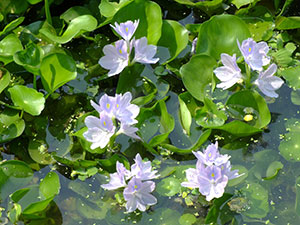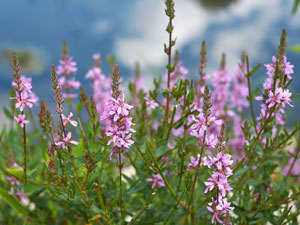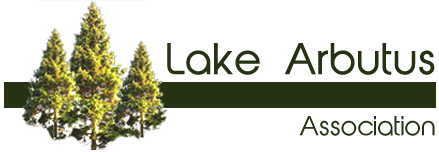Noxious Weeds
Aquatic Invasive species Whether they come in ballast water, on the hulls of recreation boats or from the water of an angler’s bait bucket, many non-native species such as zebra mussels and Eurasian water milfoil have found their way into Wisconsin’s waterways. Their presence can cause severe damage to local ecosystems, industry and tourism. The Wisconsin DNR is part of a strong partnership of public and private stakeholders in Wisconsin committed to an effective strategy of prevention, containment and control. The more you know about these invaders, the more you can do to help stop the spread to Wisconsin's precious waters. Whether they come in ballast water, on the hulls of recreation boats or from the water of an angler’s bait bucket, many non-native species such as zebra mussels and Eurasian water milfoil have found their way into Wisconsin’s waterways. Their presence can cause severe damage to local ecosystems, industry and tourism. The Wisconsin DNR is part of a strong partnership of public and private stakeholders in Wisconsin committed to an effective strategy of prevention, containment and control. The more you know about these invaders, the more you can do to help stop the spread to Wisconsin's precious waters.View or print a handout of 16 regulated aquatic invasive plants  Terrestrial Invasive species  Terrestrial invasives come in many forms including plants, animals, insects, fungi and diseases. They affect the health of our forests, prairies, parks, urban landscapes and more. When these landscapes are unhealthy, all the benefits they provide to us are at risk. The good news is, each one of us can make a difference. Learn what to look for, and you can help slow the spread of invasive species! Terrestrial invasives come in many forms including plants, animals, insects, fungi and diseases. They affect the health of our forests, prairies, parks, urban landscapes and more. When these landscapes are unhealthy, all the benefits they provide to us are at risk. The good news is, each one of us can make a difference. Learn what to look for, and you can help slow the spread of invasive species!View or print a handout of 2015 regulated terrestrial invasive plants |
Aquatic Invasive species Whether they come in ballast water, on the hulls of recreation boats or from the water of an angler’s bait bucket, many non-native species such as zebra mussels and Eurasian water milfoil have found their way into Wisconsin’s waterways. Their presence can cause severe damage to local ecosystems, industry and tourism. The Wisconsin DNR is part of a strong partnership of public and private stakeholders in Wisconsin committed to an effective strategy of prevention, containment and control. The more you know about these invaders, the more you can do to help stop the spread to Wisconsin's precious waters. Whether they come in ballast water, on the hulls of recreation boats or from the water of an angler’s bait bucket, many non-native species such as zebra mussels and Eurasian water milfoil have found their way into Wisconsin’s waterways. Their presence can cause severe damage to local ecosystems, industry and tourism. The Wisconsin DNR is part of a strong partnership of public and private stakeholders in Wisconsin committed to an effective strategy of prevention, containment and control. The more you know about these invaders, the more you can do to help stop the spread to Wisconsin's precious waters.View or print a handout of 16 regulated aquatic invasive plants  Terrestrial Invasive species  Terrestrial invasives come in many forms including plants, animals, insects, fungi and diseases. They affect the health of our forests, prairies, parks, urban landscapes and more. When these landscapes are unhealthy, all the benefits they provide to us are at risk. The good news is, each one of us can make a difference. Learn what to look for, and you can help slow the spread of invasive species! Terrestrial invasives come in many forms including plants, animals, insects, fungi and diseases. They affect the health of our forests, prairies, parks, urban landscapes and more. When these landscapes are unhealthy, all the benefits they provide to us are at risk. The good news is, each one of us can make a difference. Learn what to look for, and you can help slow the spread of invasive species!View or print a handout of 2015 regulated terrestrial invasive plants |


